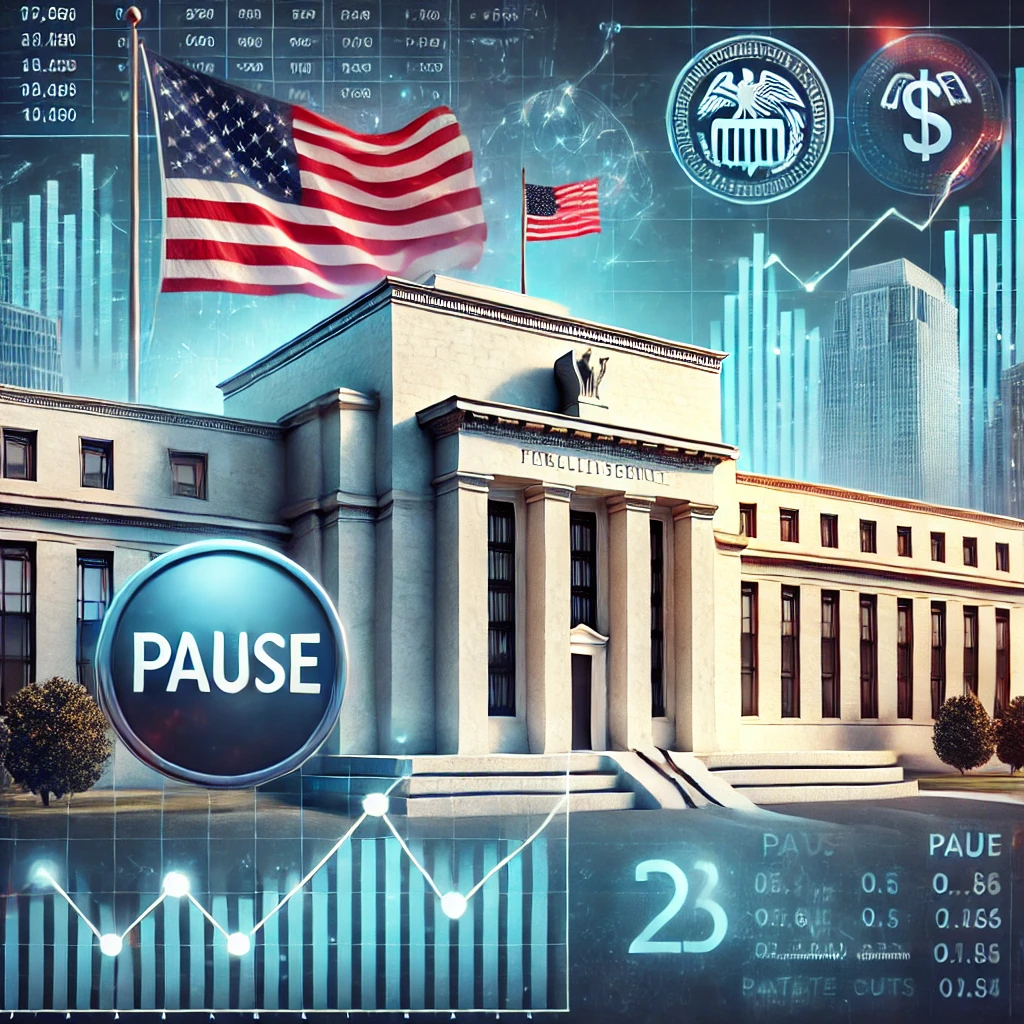
In a recent statement, Federal Reserve Governor Christopher Waller emphasized the need for a cautious approach to monetary policy, supporting a pause in rate cuts as inflation trends continue to evolve. This stance reflects the Fed’s ongoing efforts to balance economic growth with price stability, as policymakers navigate a complex and uncertain economic landscape.
Waller’s Perspective on Inflation
Governor Waller highlighted that while inflation has shown signs of moderation, it remains above the Fed’s 2% target. He argued that a pause in rate cuts would allow the central bank to assess the impact of previous monetary tightening measures and gather more data on inflation dynamics.
Waller’s comments come amid mixed economic signals, including strong labor market data and fluctuating consumer prices. His cautious approach underscores the Fed’s commitment to avoiding premature policy shifts that could undermine progress in controlling inflation.
Why a Rate Cut Pause?
The Federal Reserve has raised interest rates aggressively over the past year to combat soaring inflation. However, with signs of cooling price pressures, some policymakers have called for a more measured approach. Waller’s support for a pause in rate cuts is based on several key factors:
- Data Dependency: The Fed needs more time to evaluate the effects of its previous rate hikes on the economy and inflation.
- Economic Resilience: Despite higher borrowing costs, the U.S. economy has remained relatively robust, reducing the urgency for additional rate cuts.
- Inflation Uncertainty: While inflation has eased, it remains unpredictable, warranting a cautious stance.
Implications for the Economy
Waller’s advocacy for a rate cut pause has significant implications for businesses, consumers, and financial markets:
- Businesses: A pause in rate cuts could provide stability for businesses planning investments and managing costs.
- Consumers: Borrowing costs, including mortgages and loans, may remain elevated in the short term, impacting household budgets.
- Financial Markets: Investors are likely to closely monitor the Fed’s decisions, as any shift in policy could influence market sentiment and asset prices.
What’s Next?
The Federal Reserve’s next steps will depend on incoming economic data, particularly on inflation, employment, and GDP growth. Waller’s comments suggest that the central bank is prepared to maintain a flexible approach, adjusting its policies as needed to achieve its dual mandate of price stability and maximum employment.
Conclusion
Governor Waller’s support for a pause in rate cuts highlights the Fed’s cautious and data-driven approach to managing inflation. As the economic landscape continues to evolve, the central bank’s decisions will play a critical role in shaping the trajectory of the U.S. economy.
Stay informed with the latest updates on the Fed’s policies and inflation trends on zamaexpress.
